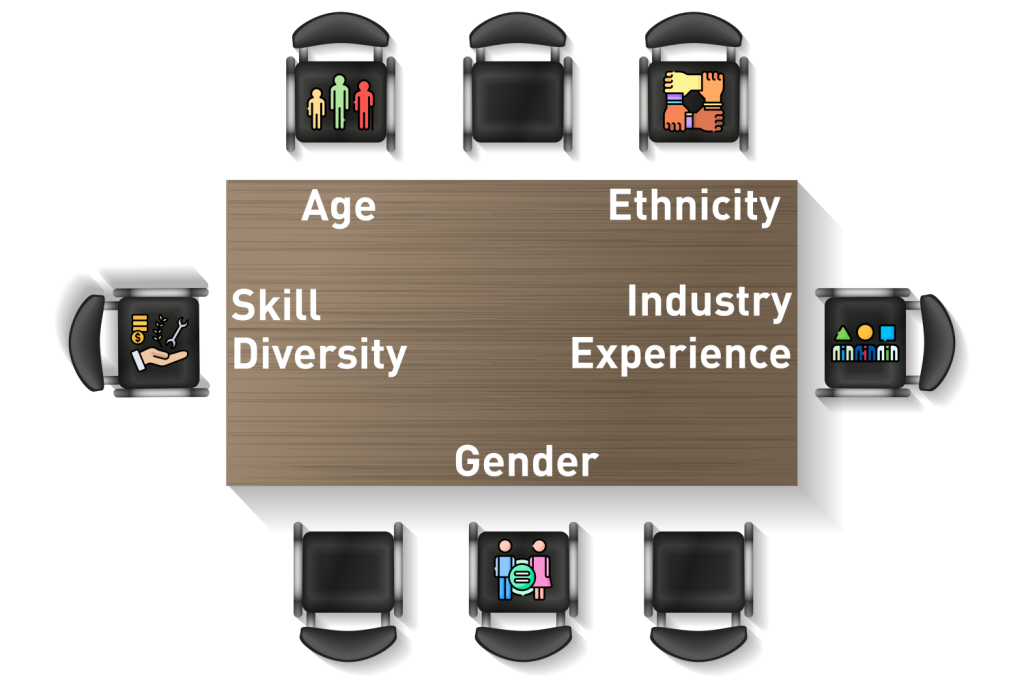How uncontested elections fuel the rise of voter apathy
What do uncontested elections say about your nomination process?
It’s election time again for your member organization. You’ve prepared your ballots, but only one name appears next to each open position. If this sounds familiar, you’re not alone. Uncontested elections, often resulting in candidates being voted in by acclamation, can result in voter apathy and low member engagement.
Why are uncontested elections undesirable? How do you get candidates to throw their hats into the ring so you have quality candidates to select from? These are complex challenges that require thoughtful and effective solutions; it’s important to have a solid plan.
The trouble with uncontested elections
Uncontested elections may save your organization some effort in the election process but also have many unintended consequences. When your slate of candidates consistently remains the same, it can damage the organization by discouraging member engagement and innovation.
Your current board or elected officials may generously agree to stay on for many years, but is this really what your organization wants and needs? New candidates bring fresh ideas and energy to the organization, even when they don’t win. We encourage organizations to focus on healthy, strategic board turnover and competition.
When members see the same names on the ballot year after year with no competition, they are less likely to vote. They know the outcome will be the same regardless of whether they participate, leading to voter apathy. However, according to data from nearly 950 elections managed by Survey & Ballot Systems (SBS), there is a 39% higher voter turnout in competitive elections.
What is voter apathy?
Voter apathy is the overall lack of enthusiasm, motivation, or participation among eligible voters in an election. It can manifest when members perceive no meaningful choice due to uncontested elections, impacting overall voter turnout and organizational dynamics. When members don’t feel they have choices, they’re less likely to believe your organization adequately represents their needs. Not only can this lead to a decrease in your voter participation rate, but members may see your organization as perpetually stuck in the same gear. This only reduces your members’ desire to vote and participate in the activities of your organization.
Ready to modernize your elections?
Contact us to learn more!What is elected by acclamation?
In uncontested elections, candidates are voted in by acclamation. Acclamation, often viewed as a streamlined decision-making process, involves the general consent and approval of the members, indicating a unanimous agreement when no opposing candidate exists. While seemingly efficient, it is essential to delve into the potential implications of this method, particularly when establishing a quorum at annual meetings.
A quorum is the minimum number of members required to conduct official business, make decisions, and hold a valid meeting. An annual meeting may lack the authority to address key organizational matters without a sufficient quorum.
Election administrators in recent years have faced challenges as annual meeting attendance can vary due to the time of year, weather conditions, and competing community events. Additionally, suppose there is a perception that uncontested elections diminish the significance of annual meetings. In that case, members may be less motivated to attend. As an alternative, many organizations have amended their bylaws to allow mail-in and online votes cast prior to the annual meeting to count towards quorum.
When elections result in candidates being voted in by acclamation, the absence of a formal vote may inadvertently contribute to a lower turnout at annual meetings. In such cases, the ease of acclamation diminishes the perceived urgency for members to participate actively. This can complicate the establishment of a quorum, posing challenges for the legitimacy and decision-making authority of the annual meeting.
The bottom line? Holding uncontested elections year after year is not a good trend for your organization or the members you’re relying on to cast ballots and get involved.
How to recruit quality candidates
A vibrant and engaged board with enthusiastic members is crucial to any member organization as board members retire or move on. Your organization needs to have a solid nominations process to maintain the representation of current membership, embolden fresh ideas, even if they don’t win, fostering a more dynamic and engaged membership.
If you’re like many member organizations, you don’t always have potential candidates lining up. That’s why it’s essential to have a robust recruiting process.
Having a strategic communication plan
Recruiting for open positions is year-round and waiting until a month or a few weeks ahead of an election is not recommended. Throughout the year, clearly communicate with members the importance of their service, what it entails, and the benefits. Communication is important through all available channels, such as member publications, marketing materials, and social media. Additionally, paying extra attention to your most engaged members is a crucial step in avoiding voter apathy by nurturing their interest in your organization.
Form a nominating committee
Sadly, candidates rarely just magically appear. Your organization and current board of directors must approach people to encourage them to serve. Your board should also include a nominating committee to accept petitions and formally help oversee elections.
While everyone should help recruit new members and candidates, the nominating committee is responsible for vetting candidates and accepting any additional candidates that may come forward.
A formal nomination process can strengthen an organization’s board, promoting growth, evolution, and longevity.
Where do election candidates come from?
Within your organization’s membership, you’ll find a large group of people engaged with and dedicated to your mission. Members won’t necessarily know they can run for leadership positions if you don’t tell them – share with them exactly what you’re looking for and why. Then, make it easy for them to express interest and learn more.
Online announcements with links to applications and in-person orientation receptions where members can learn more about are effective recruitment tactics.
Be sure to tell your members the benefits of seeking leadership positions – networking, professional development, community involvement, resume building, and helping steer your organization toward success are all tangible benefits of running for election.
Additionally, most organizations should seek diversity within their boards of directors– age, gender, ethnicity, public sector vs. private sector experience, and more. Impress on your members that if they’d like the organization’s leadership to truly represent them, it should reflect them demographically. Having a slate of candidates that reflect your membership helps alleviate voter apathy.
An organized nominations process
Whether you have two candidates vying for a position or a larger pool, an organized nomination process is crucial to running a smooth election.
Ensure your organization has the following:
- An easy application for potential candidates
- A self-nominations process for members and candidates
- A method for tracking the status of nominee applications
- A way to collect and share candidate biographies
- Digital petition capabilities
Elections can sometimes feel overwhelming for member organizations and adding a coordinated nominations process often falls by the wayside as it can seem too daunting. Keeping the above points in mind can make the nominations process less intimidating.
Online candidate nomination software
SBS’ customizable online candidate nominations software is a simple, standardized way to increase the speed and efficiency of your nominations process while reducing costs and staff time.
Providing online nominations makes it easier for administrators and nominees to manage the process. SBS’ online candidate software offers a progress tracker showing election administrators where nominees are in the process. Nominees can register at their convenience using a secure self-service platform.
Online candidate nomination software is a safe, impartial, and standardized way to submit applications. With online nominations through SBS, your organization can also reduce postage costs and cut down on the administrative staff time dedicated to traditional candidate filing processes. Candidate biographies, photos, resumes, and more are conveniently consolidated into a single solution.
Customizable and adjustable to your requirements
Software designed for candidate nominations provides the flexibility clients need to customize their nomination application based on question types, word counts, and office titles. Your team can also export nomination information into a consolidated PDF, Microsoft Word document, or RTF for reference.
SBS provides premium support for all our clients and their members. Our support team is available to assist users throughout the entire process and ensures the platform meets unique needs and election schedules.
When your organization makes it a goal to avoid voter apathy and eliminate uncontested elections, you can increase member engagement, create incentives for members to vote, develop new organizational leaders, and grow and evolve the organization in new and creative ways.
Remember to identify areas that need improvement, develop a plan to recruit new candidates, and implement an organized nominations process. These simple ideas will help ensure you’re on your way to new and exciting elections territory.


